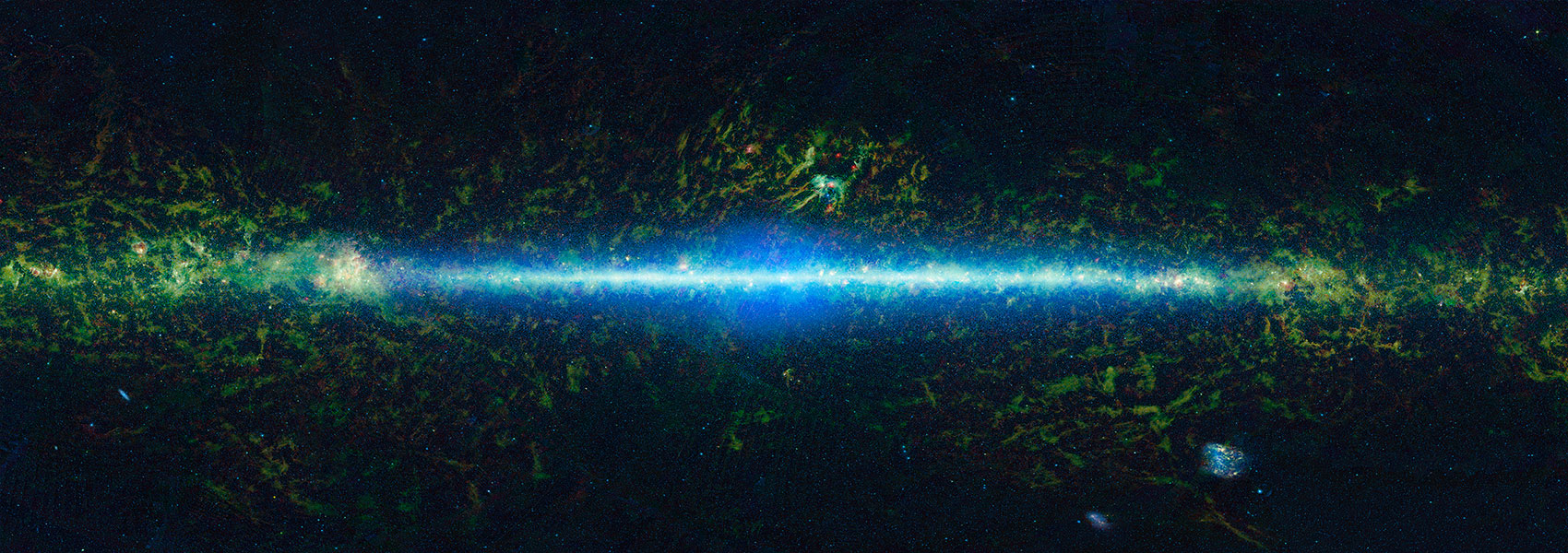
Wuji Wang (Caltech/IPAC): "ALMA+JWST Discovers Companions at < 18 kpc Around z~3.5 Radio AGN"
Mergers are important in stellar mass buildup and triggering feedback, especially in the high-redshift universe. High-z radio galaxies (z > 2, radio loud type-2 quasars) are known to trace the dense protocluster environment and be hosted by M_star ~ 10^11 M_solar galaxies. The view on tens of kpc scales was elusive until recent high sensitivity observatories came by. In this talk, I will present our joint ALMA+JWST/NIRSpec IFU view around the center of four z = 3.5 radio AGN. We ubiquitously discover ~12 companion systems at distances of < 18 kpc using two independent methods: (i) peculiar [OIII] kinematics; (ii) [CII] emission. We estimate that these systems have M_dyn~10^9-11 M_solar, which indicates a minor merger scenario. All [CII] emitting blobs that were detected are offset from the AGN position, suggesting that cold gas does not reside in the massive host. Our results indicate that these mergers could be the trigger of the most powerful AGN jets at the beginning of Cosmic Noon. They bring gas to the supermassive black holes in the gas-poor host and ignite the AGN feedback. We also find that they can impact the propagation of the jet, e.g., by deflecting the jet. Overall, they play an important role in the evolution of the progenitors of massive galaxy clusters. Our new discovery is an important guide to tens of kpc scale galaxy evolution (galaxy-galaxy mergers) in the early universe.
- Date: 12:15 PM, April 16th, 2025
- Location: MR-102 and Online on Zoom
- Category: Science Talk


